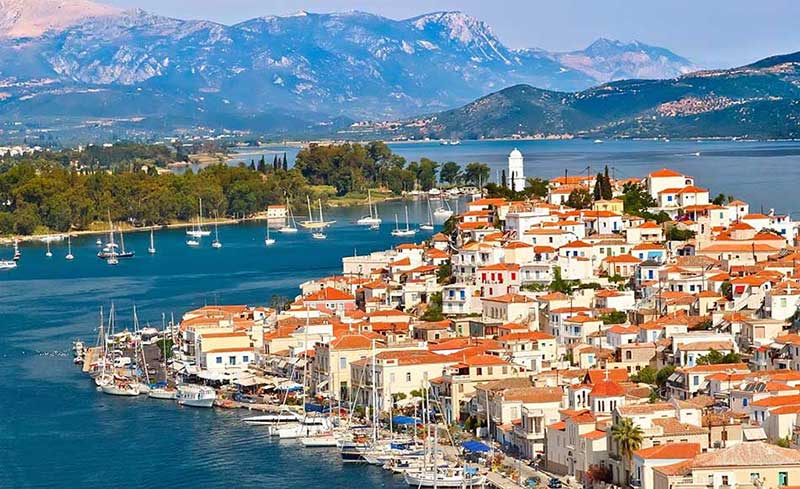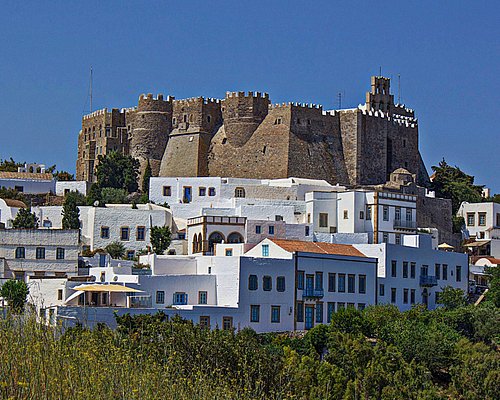Travel to Tunis
In Tunisia in Barbary
(sto tounezi sti mparmparia)
Everyone, in Greece, will have heard and above all have danced to the song, in the rhythm of an Aegean island dance, of the Greek popular song composer Vasilis Tsitsanis “Curse the sea” (Anathema se Thalassa ) https://youtu.be/y2-GfW8uamo?si=bRyGeuewi9OEIiyF with the refrain “in Tunisia, in Barbary, (sto tounezi sti mparmparia)we got bad weather”. He described the difficulties of the sponge’s fishermen work and especially when they were confronted with the elements of nature, the “bad weather” that wore women in black and left children orphaned. In the past, with their boats, whether sailing or motorized, they left their islands, Kalymnos, Symi, Hydra, etc., for a very long time and they traveled to catch sponges, thus providing food for their family, by diving to the bottom of the sea in areas of North Africa, in Barbary, and in Tunisia, a corruption of the name Tunisia, from the Arabic pronunciation of “Tunes” or “Tunis”. The Greeks have been a seafaring people since ancient times, just as in ancient times the Phoenicians were also a seafaring people who from the 12th BC century the coasts of Tunisia began to be inhabited.
I always wanted to visit this country, not of course to dive “into the raging waves” (although I like the sea very much), but to dive into its history. And the occasion came with my participation in the World Tourism Journalism Conference of the International Federation of Tourism Journalists – Writers (F.I.J.E.T.) which took place in this country last October (from October 23 – 28) with the participation of many representatives of the mass media from all over the world.



Starting the “dive” into history, the Phoenicians from the 12th BC century they started the colonization of the beaches of Tunisia, while from the 7th BC century Carthage, one of the Phoenician settlements began to become an important state entity and a very important commercial center of the then known world, until 146 BC year of its conquest by the Romans. It then became a Byzantine province, while in 697 AD it was conquered by the Arabs who left a strong cultural imprint. A province of the Ottoman Empire from 1574 and a French colony from 1881, until 1957, the year of Tunisia’s independence. Tunisia has the highest per capita income on the African continent while ranking high on the Human Development Index.
It is a purely Mediterranean country, and you think you are in a southern European country. In addition to the Arabic language, Tunisians also have French as their second mother tongue and you can get along in French, even with ordinary people in this country. And because of their Europeanized morals and their very good educational level, the inhabitants of Arabic-speaking countries call Tunisians “Parisians”. Tourism in this country is very developed with a very good level hotels and tourist’s services, and beautiful beaches.

In the Capital of Tunisia, Tunis, the Conference was officially opened by the President of F.I.J.E.T. and former Minister of Tourism, Tijani Haddad and by the Minister of Tourism of Tunisia, Mohamed Moez Belhassine, while presentations were made on everything related to tourism and the culture of this country.

A tourism journalism conference, of course, is not only the opening ceremony, but also visits to monuments and attractions and the program of this conference was full of such visits with a first visit to the Bardo National Museum, one of the most important museums of the Mediterranean, which houses in an old building of the 19th century.



This museum is known all over the world mainly for the wealth of Roman mosaics. It houses findings from the period of Carthage, the Roman Period and some works from the Ancient Greek Period. It’s worth a visit.


Another museum worth visiting in Tunisia is the archaeological museum of Sousse in the area of the same name, 140 kilometers south of Tunis.


There is the second largest collection of mosaics after the Bardo museum. In the museum of Sousse, among others, there are exhibits from Greek Mythology, such as Medusa, the God Poseidon e.t.c.



Also worth a visit is the Roman Colosseum in the El Jem area, between Tunis and Sfax. It is a building of 232 AD when the Roman Empire dominated the entire Mediterranean.



It had a capacity of about 35,000 spectators at the time and has the same aesthetic value as the Colosseum in Rome, while since 1979 UNESCO has classified it as a World Heritage Site.


Twenty km northeast of Tunis is one of the most famous and most beautiful tourist areas of Tunisia, Sidi Bou Said.



The architecture of its houses with the extensive use of blue and white is reminiscent of an Aegean island, while from the «café des delice», one can enjoy the view of the Bay of Tunis.


Also, there are many falconers who tame these birds and are a spectacle for tourists. Many are photographed with them.

I could write more about this country, but because a picture is worth a thousand words, I encourage you to visit it by “diving” and enjoying every part of it and every moment, traveling through its culture and its history that is a part of it culture and history of the Mediterranean.
George Papathanasopoulos
Journalist – Photographer
Representative of F.I.J.E.T. in GREECE








